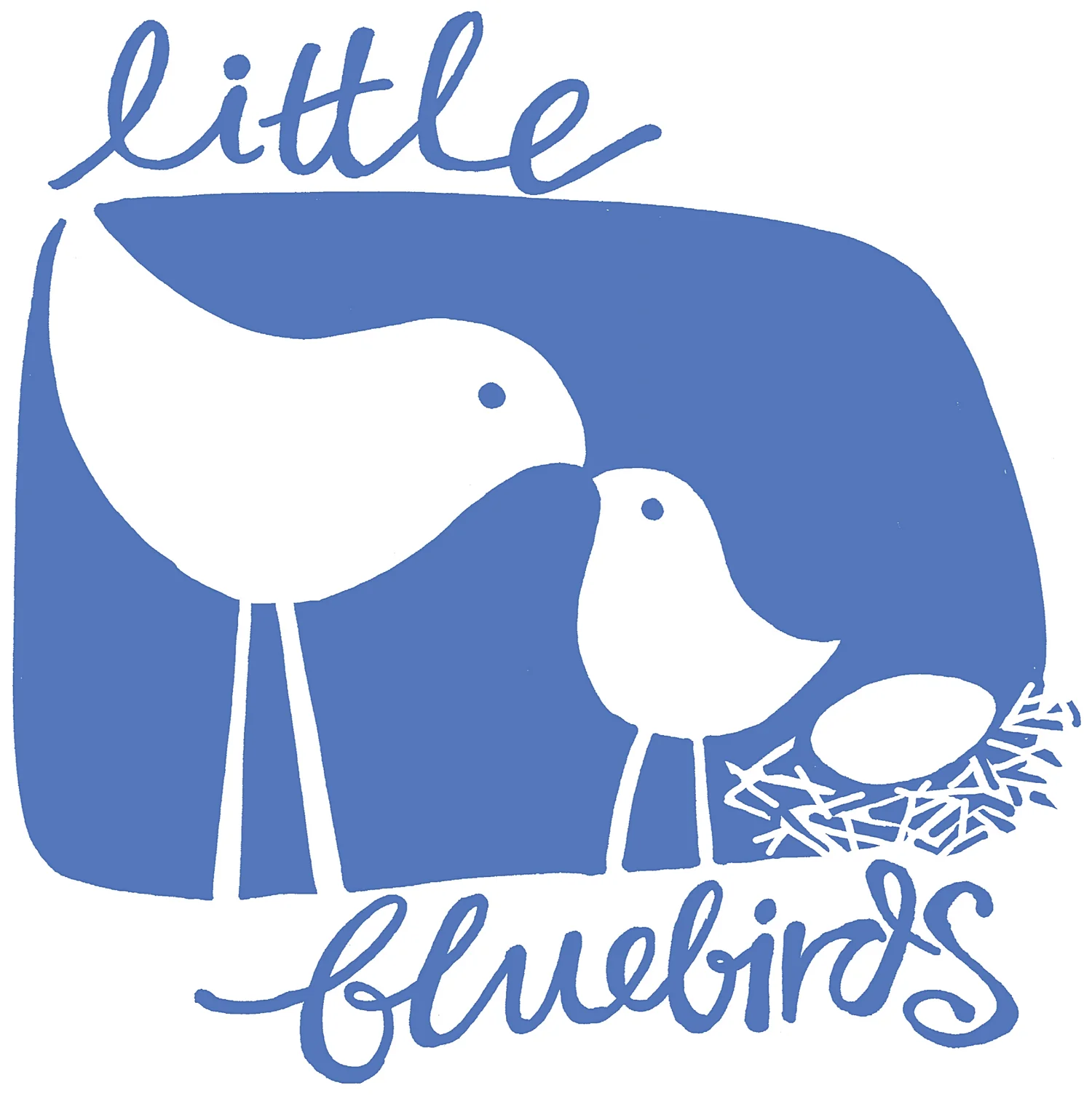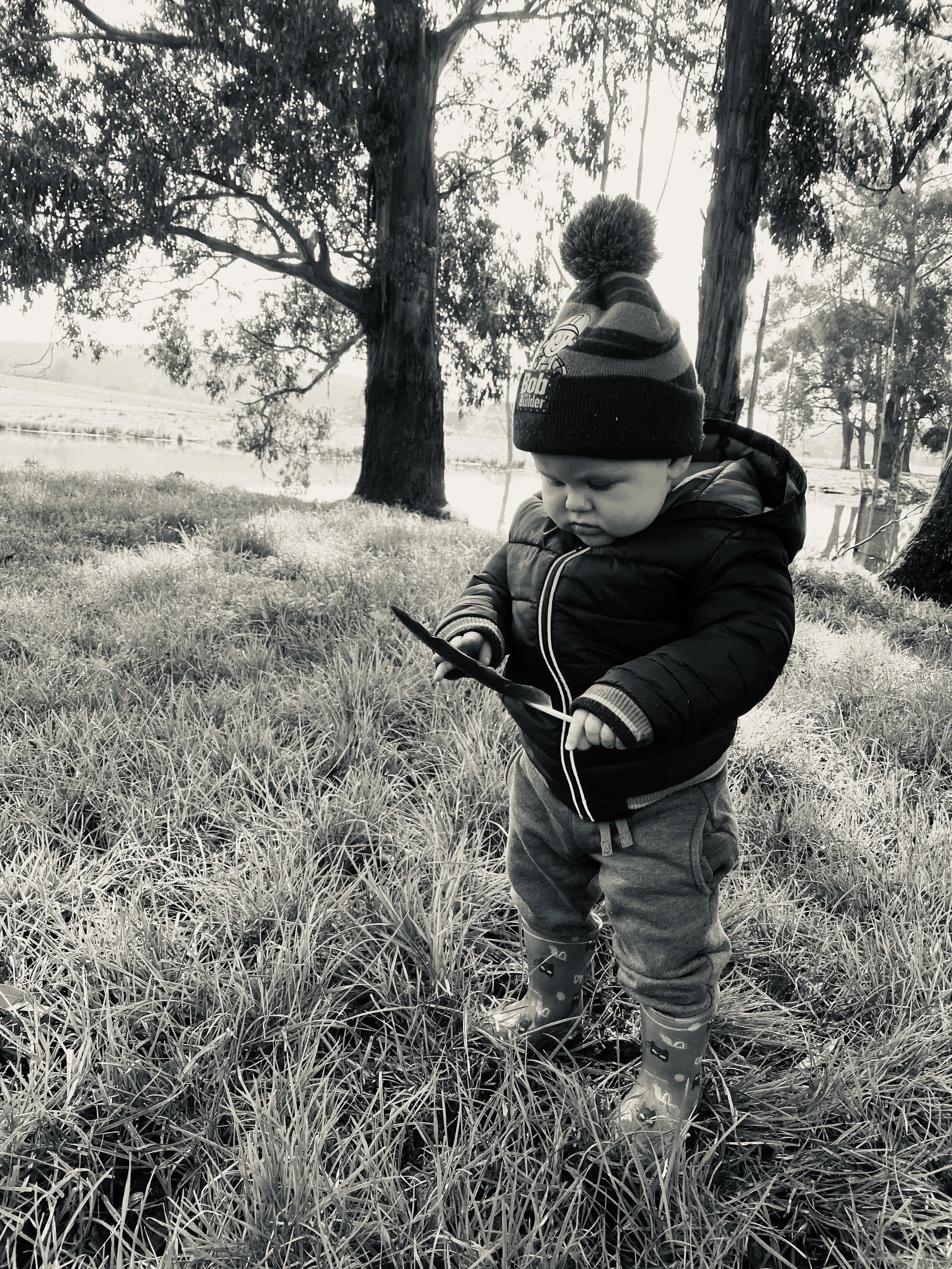Building strength in little hands
From a student’s perspective
Each year the Bluebird Foundation works with Deakin University to provide placement opportunities for third year Occupational Therapy students. In 2020 the students have been preparing resources that share with you their learnings about child development. Big thanks to our guest blogger, OT student Finlay for the following post.
As children grow older they will learn how to use their hands to get things done. You may notice your child experimenting with ways to grip and hold things, and trying out different techniques - these changing grasps reflect developmental stages.
Here is a summary of the grasps that young children use, along with some ideas for fun and easy activities to help build and support their hand strength, and to prepare them for holding pencils and writing later on.
Approximately
10-12 months - Pincer grasp
The child may pick up small objects with their thumb and index finger.
Activities:
Spread small objects such as pom poms, pebbles, leaves on the floor - be mindful of choking. Let your child try to collect and pick up as many as they can and then put them into a container.
Allow your child to use tongs to pick up items or play games.
Encourage your child to try to transfer objects from one hand to another.
Encourage your child to try holding 2 objects with the one hand.
Approximately
12-18 months - Palmer supinate grasp
The child may use a thick crayon and move the crayon from their shoulder.
Activities:
Playing with play-dough. Use objects such as sticks or straws and your child can try sticking them in to the play-dough - make a sea anemone!
Allow your child to start practicing scribbling with a thick crayon, or even thick chalk on the driveway.
Finger painting! Allow your child to create shapes and patterns with their fingers, as this is a great way to build up strength and control in the fingers.
Build block towers! Encourage slow and careful positioning so the tower doesn’t fall over.
Scoop sand into a bucket, or make a sandcastle.
Approximately
2-3 years - Digital Pronate Grasp
The child gains more control of hand and arm muscles and they hold the pencil in the palm of their hand and elbow extends outwards.
Activities:
Painting! A great way for children to build strength and control when holding the paintbrush.
Allow your child to thread beads on to a pipe cleaner!
Practice “finger push-ups”. Encourage your child to place the tips of your fingers together and straighten the fingers while pushing the finger tips against each other.
Allow your child to practice using zippers on their jacket or jumper.
Encourage your child to practice copying lines and circles.
Allow your child to roll play-dough into familiar shapes such as sausages and balls.
Approximately
3.5-4 years – Tripod Grasp
This is an appropriate ‘typical’ pencil grasp where the pencil is held with the tip of the thumb and index finger and rests against the side of the middle finger. The thumb and index finger form an open space.
Approximately
3.5-4 years- Quadrupod Grasp
This is also an appropriate ‘typical’ pencil grasp where the pencil is held with the tip of the thumb, index and middle finger and rests against the side of the ring finger. The thumb and index finger form a circle.
Activities for both of these grasps:
Encourage your child to practice copying lines, circles, crosses and even diagonal lines.
Encourage your child to warm up their fingers by touching each finger on both hands to the tip of their thumb.
Practice colouring within the lines. Print out or draw your child’s favourite characters, animals, or nature setting and see how they go adding colour within the lines.
Practice holding pencils. Encourage your child to pretend they’re a worm crawling up the pencil and go back and forth from top to bottom of the pencil.
Allow your child to draw shapes and lines in shaving cream spread onto a flat surface.
Challenge your child to move their body in to a shape of a letter and spell out their name.
Have fun building strong little hands!
This post is written by me - Finlay Kennedy, I am a third year Occupational Therapy student. I love being creative and helping children reach their goals and dreams!








